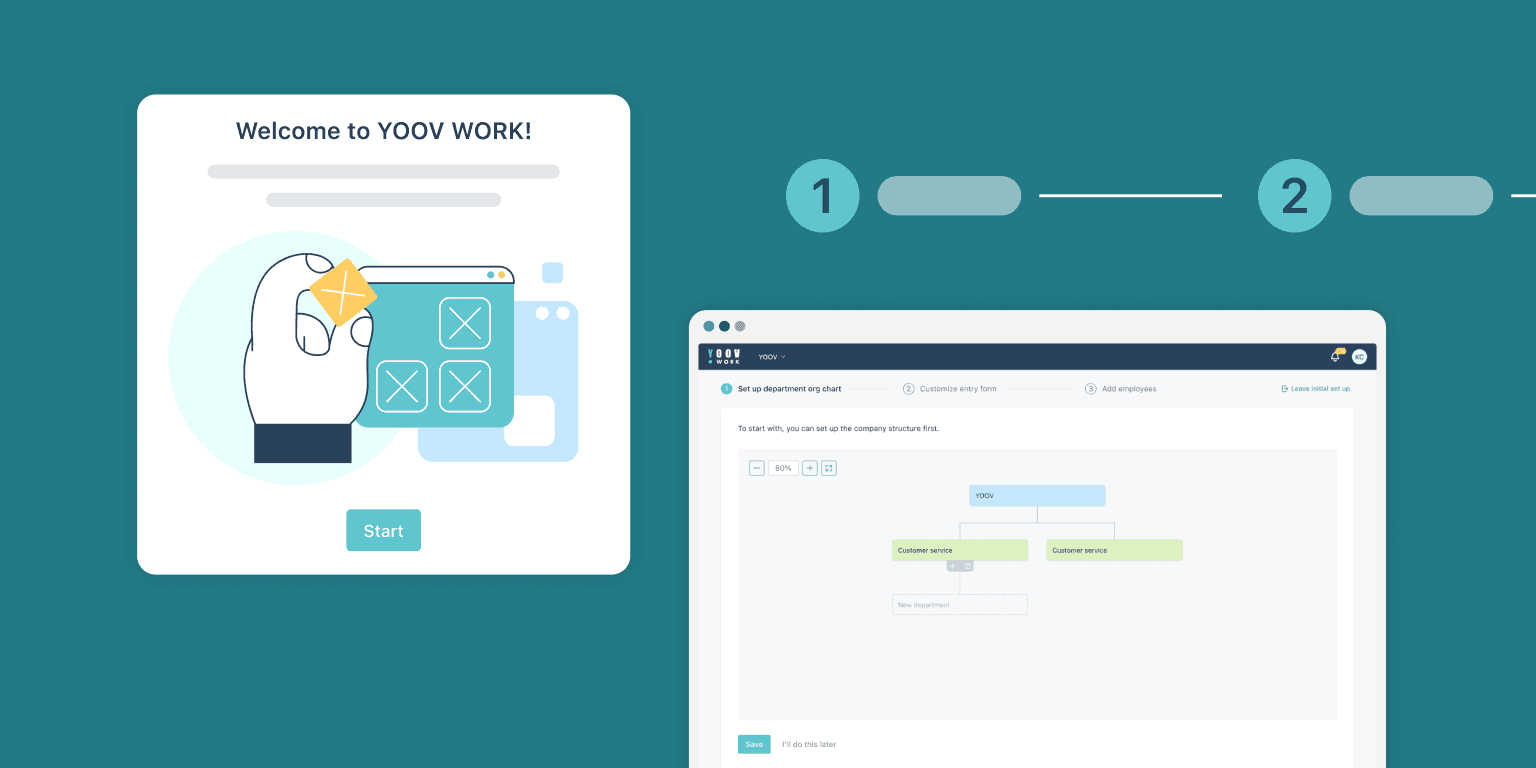Overview
Empower seamless self-onboarding for new users
The HR system, YOOV WORK, was too complex and irrelevant for new companies during setup and many struggled to navigate the system effectively without sufficient support from the operations team. Hence, we set out to create a more user-friendly onboarding experience.
We spent three months on the redesign, including research and multiple rounds of iteration. The new design has increased efficiency by reducing the set up time from two man-days to self-onboarding. Beyond that, we also introduced usability testing methodologies to the team and fostered a culture of iterative design.
Target Users
John | Aged 35 | HR Manager
Background: Currently transitioning from traditional HR process to digital solutions. Has limited exposure to all-in-one HRMS platforms but understands its potential to streamline processes
Challenge: Struggles with unfamiliar digital tools and finds it difficult to complete HR tasks efficiently
Goals: To minimize the disruption during the digital transition and improve work efficiency
Needs: Sufficient support to onboard HRMS for a smooth transition process
Breaking Down the Process
1. Understand the problem
We began by engaging with the operation team to understand the existing setup flow, identify pain points, and determine why it required so much manpower. We discovered that irrelevant modules were a significant bottleneck. They often had to assist clients in setting up modules they didn't intend to use.
To address this, we prioritized the most critical steps and proposed a streamlined self-onboarding process focused on what truly mattered to users.

2. Prototyping & Iteration
We explored possible solutions by creating flow diagrams and experimenting with design components.We developed prototypes using Figma and reviewed them collaboratively with our teammates to gather initial feedback and insights.

3. Testing & Validation
After several iterations, we conducted a final round of usability testing with five internal participants from other teams. This moderated, in-person testing session was designed to simulate real-world usage. We wanted to see how capable they were of going through the setup steps by themselves.
We set up the environment as below. During the sessions, I acted as the moderator, facilitating the interaction between the participants and the design. My co-worker helped to record the sessions, tracked completion times and jot down observations in a Google Sheet.
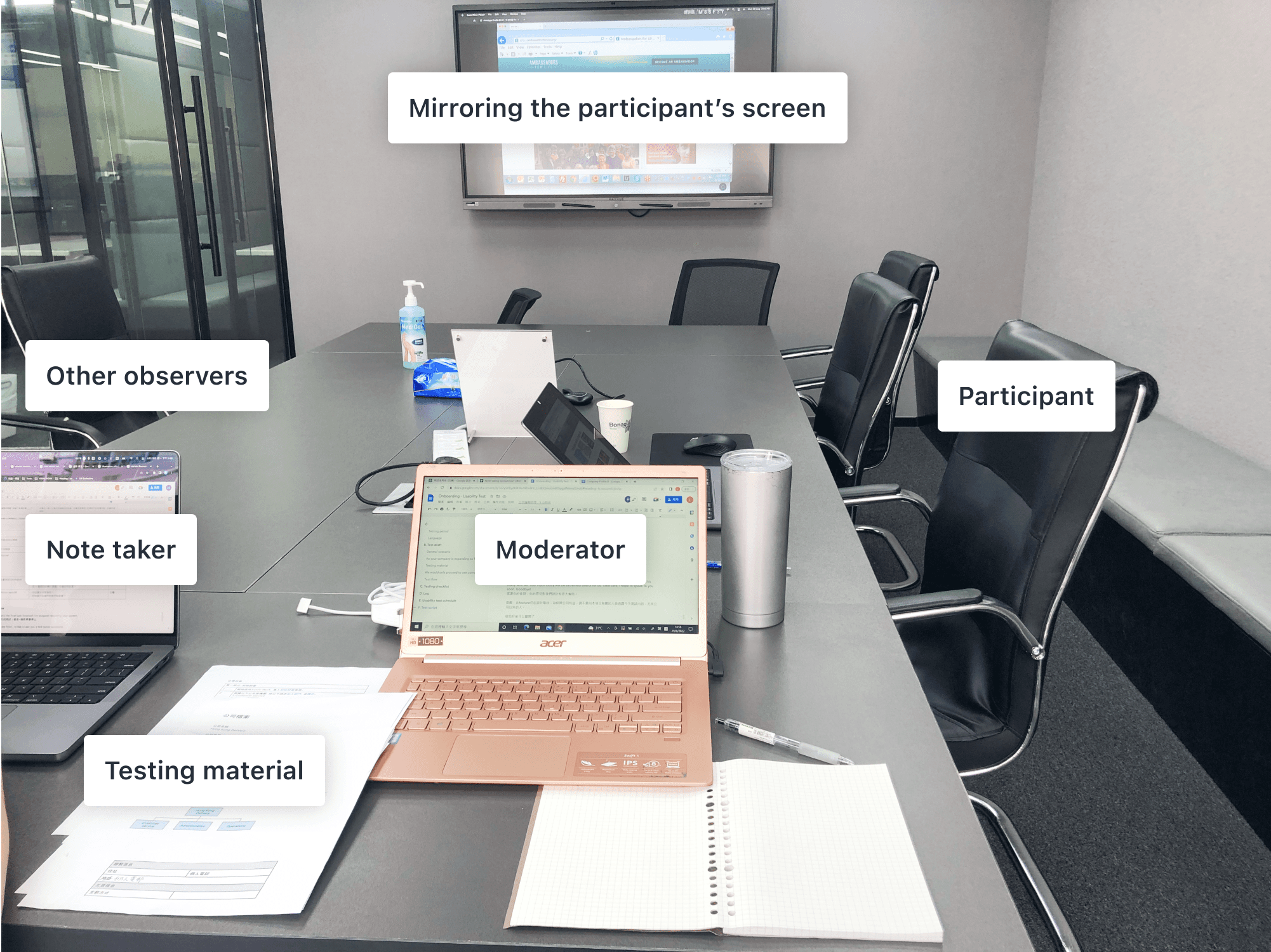
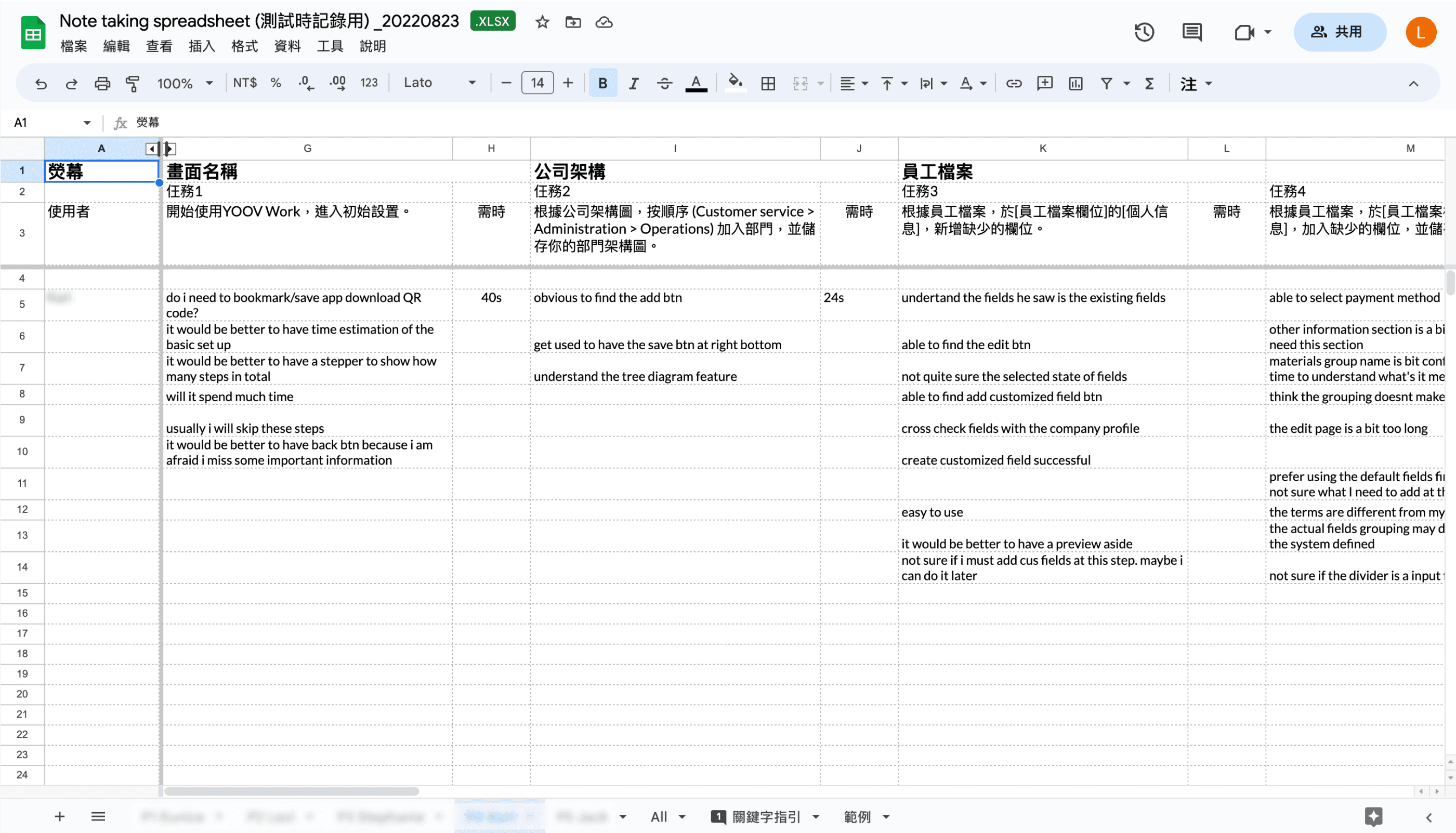
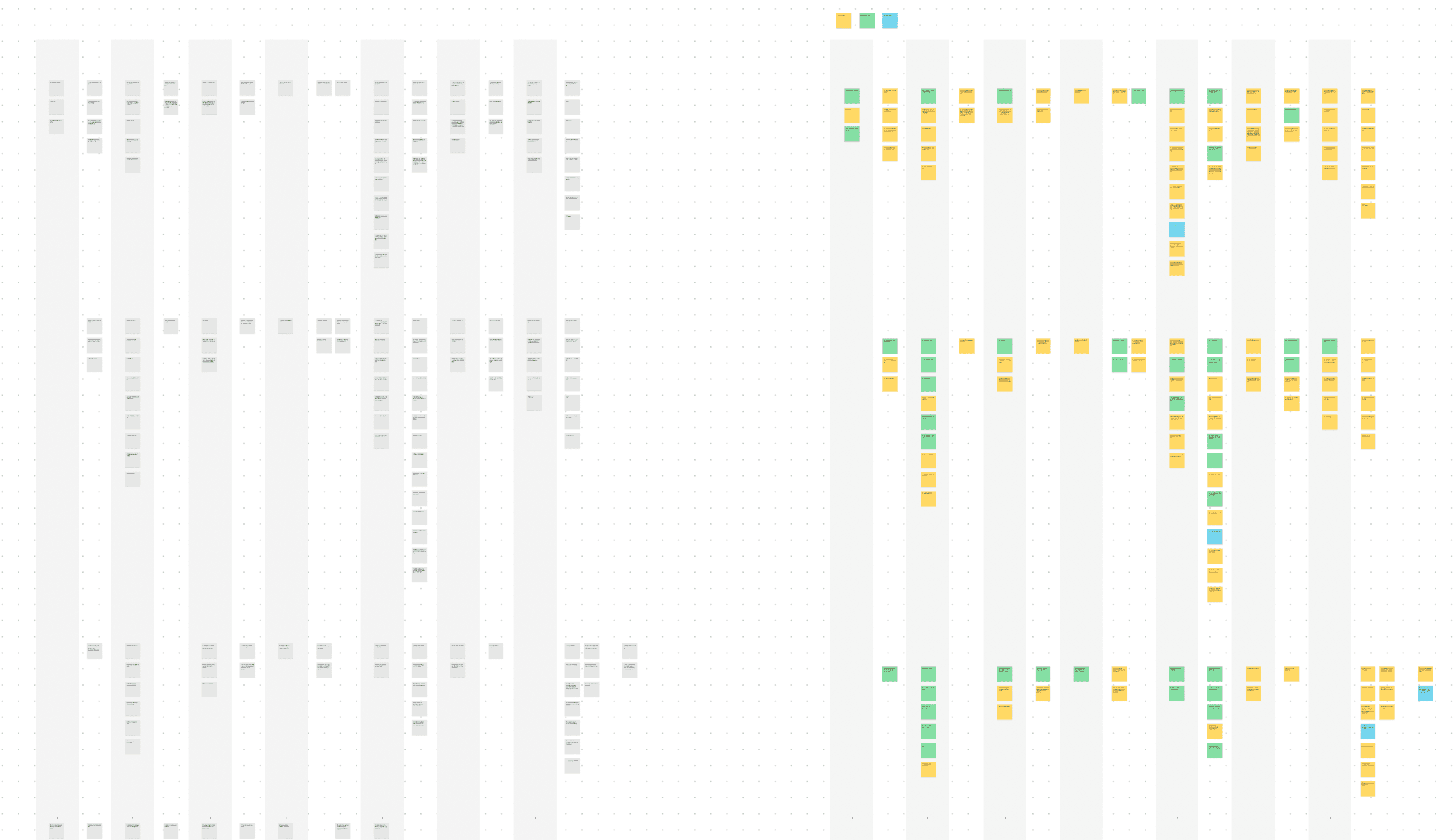
We found that users often struggled with lengthy, multi-step processes and system jargons without proper context.
Final Design
We decided to provide more clear, concise, and contextual elements into the onboarding experience. These elements include the following.
Module Introduction
When users enter the module for the first time, they receive a trailer about the module and a brief introduction to its key features and functionalities. I also tailored the graphics for every module.
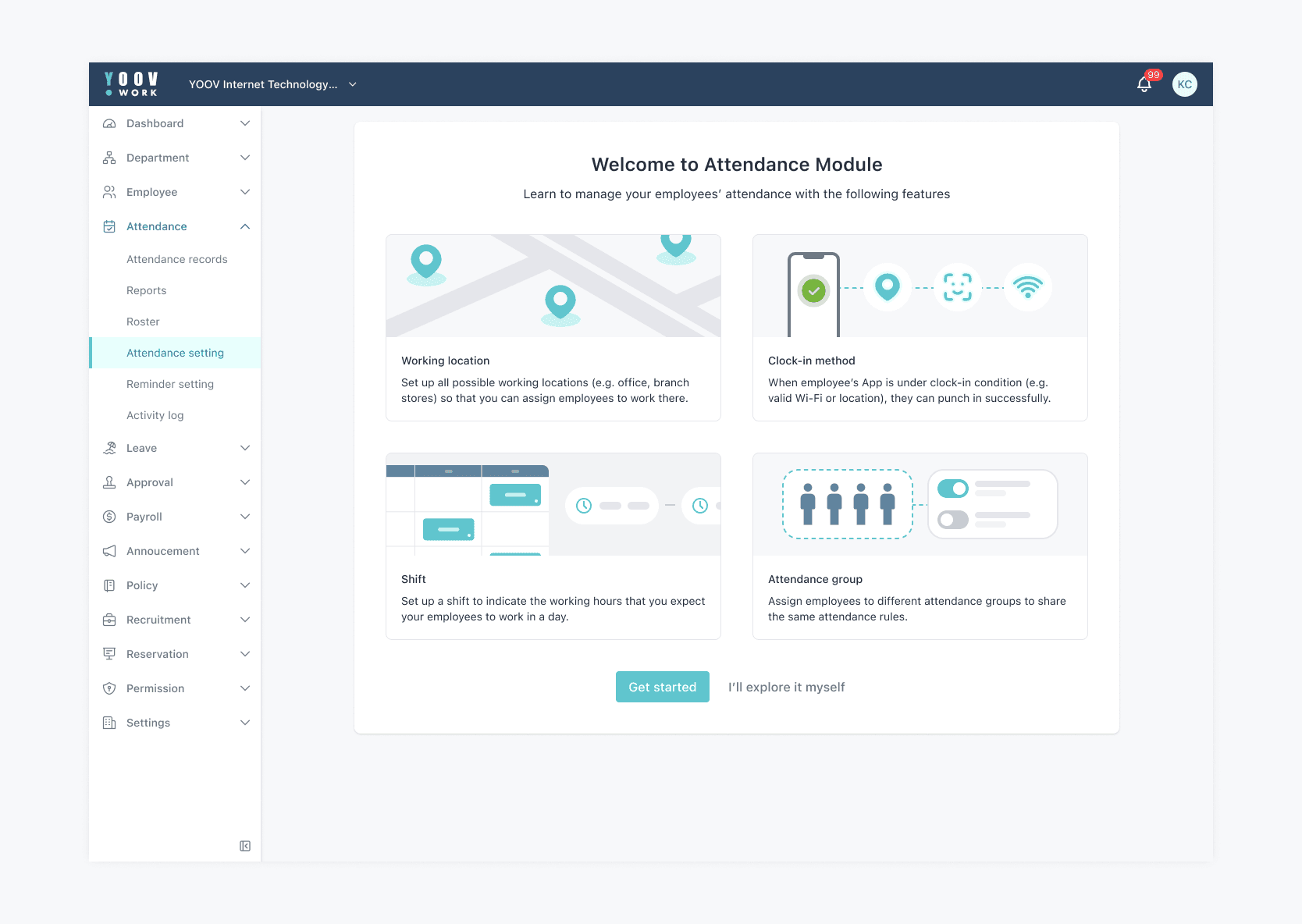
Step-by-Step Walkthrough
When users start the module, we provide a tutorial with hotspots to guide them through the key features.
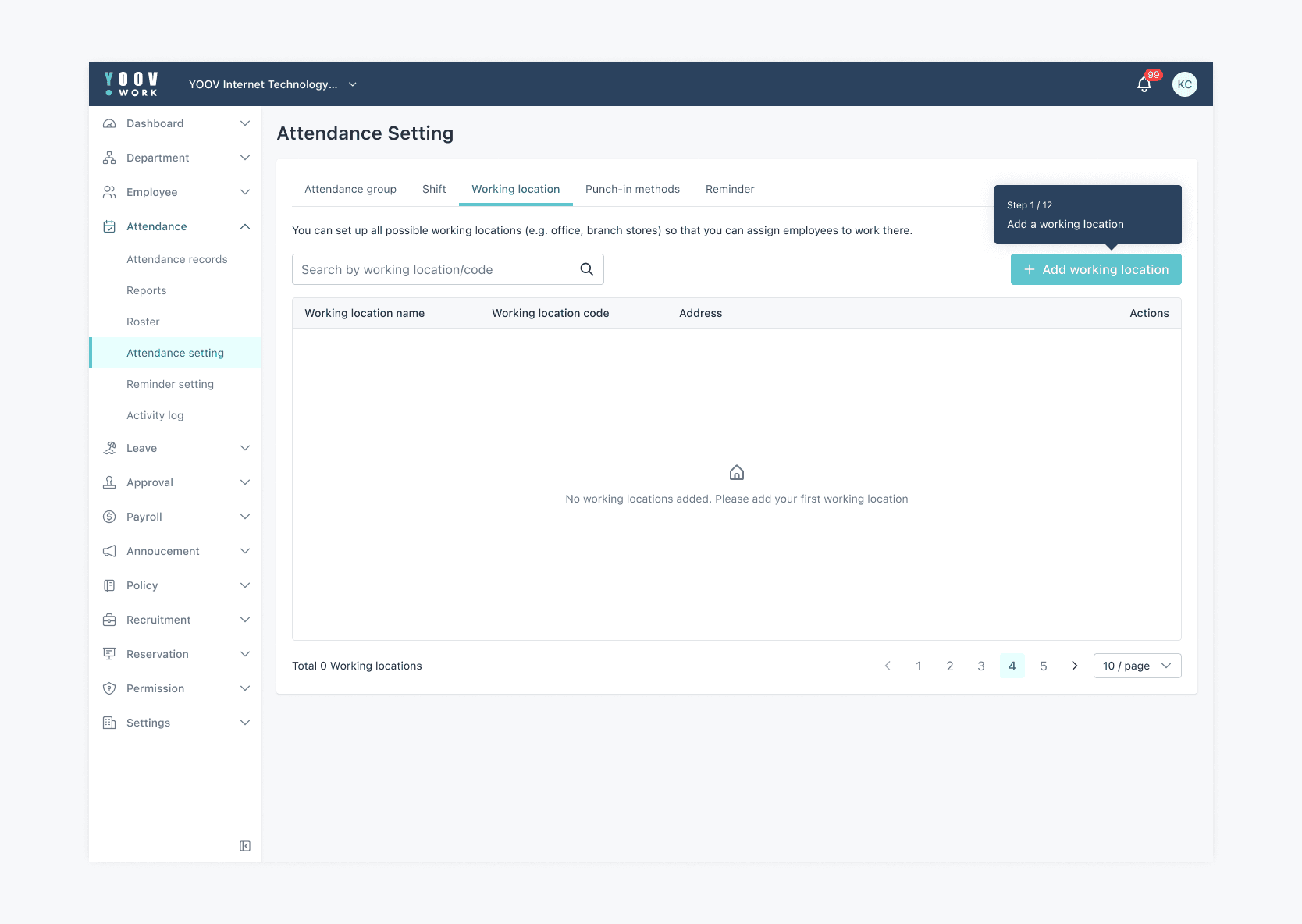
Contextual Help
When there is a long form, we included hints to guide users by explaining jargon and providing more setting information. Users can turn these hints on or off as needed to avoid being overwhelmed.
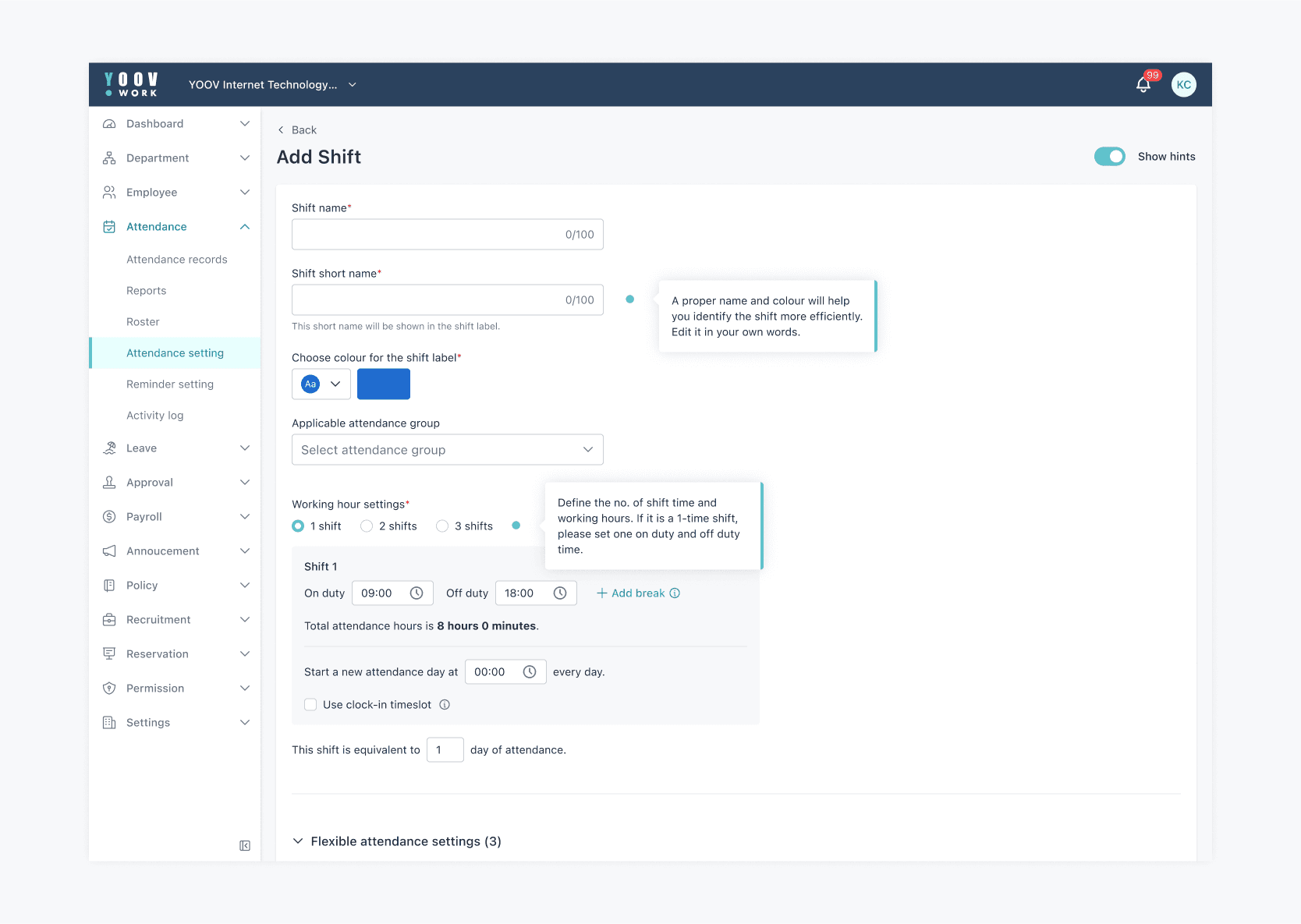
Impact
After testing our new design, the users completed the task in minutes, a significant reduction of two-day manpower support. This frees up operation team to focus more one valuable support, enhancing the overall efficiency.
In addition, this was actually the first usability test conducted in the design process. The success of this methodology also has become the standard practice within the design team, fostering a positive and engaging culture of user centered design.
💡 Disclaimer: Please do not share or use any of the images included in this case study without obtaining prior permission from the appropriate parties, as they may be subject to copyright or other legal protections.
